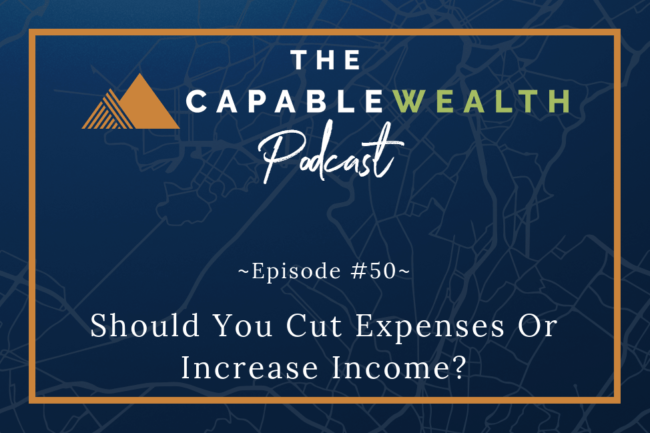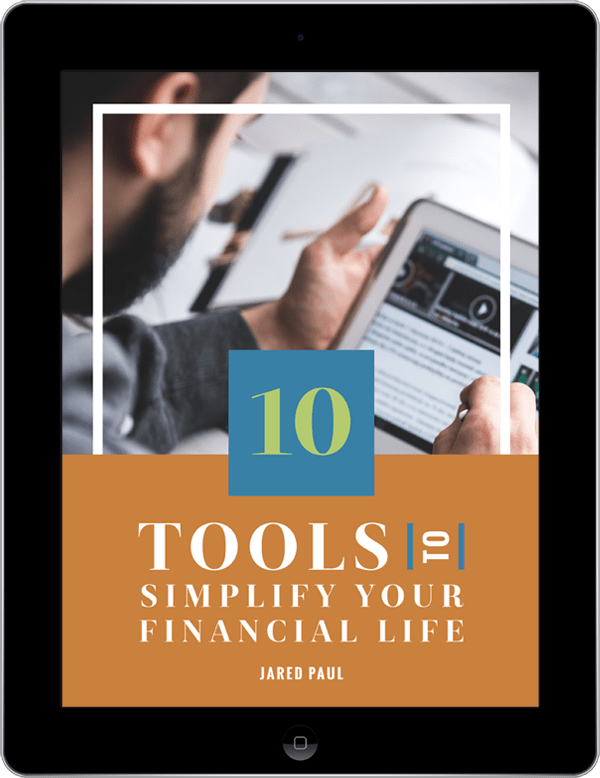Alright, you’ve made it! The “American Dream” of owning a two-story home with a white picket fence is within your sights… or is it?
Buying a home is going to be one of the biggest purchases of your life, and it is not one to meander through without a strong plan.
You need to know how much you can afford – how much of a down-payment you want to make, what size mortgage you can afford (and I don’t mean how much you were approved for), what monthly payments you’ll be comfortable making, etc.
The key is to not overextend yourself.
WHERE TO FOCUS
One of the first things people do is start looking at houses they like. They think about the number of bedrooms they’d want, how big of a yard, if they want a one- or two-car garage, and begin creating the ideal picture of their “dream home.”
That’s not a bad place to start, but you can often find yourself creating the home of your dreams that might not fit your budget.
A better way, financially, to go about it is to begin with thinking about how much home you can afford.
SERVICING DEBT
When it comes to debt, there are a lot of opinions about if you should use it, or stay away from it completely. (How To Tell Good Debt Versus Bad Debt)
There is a calculation called “debt-to-income-ratio” that is used to show how much of a person’s income is used to pay for existing debt.
For example: If you earn $10,000/month in income, and $2,500 goes toward paying for your debts each month, then you have a 25% debt-to-income ratio.
A general rule is that you shouldn’t have a total debt-to-income ratio of more than 36%. This includes all forms of debt payments, like student loans, credit cards, car payments, etc. This is referred to as the “back-end” ratio.
When it comes to solely housing costs, the ratio shouldn’t be more than 28%. This is called the “front-end” ratio.
When a lender is evaluating you to decide how much they can loan for a mortgage, they look at these ratios as an indicator.
CRUNCHING THE NUMBERS
Let’s go through a scenario.
A newlywed couple is planning to buy a home. Combined, they make $120,000 per year ($10,000/mo.), and they have savings of $25,000. The couple each have student loans, small credit card bills, and auto loans; all totaling $800 in monthly payments.
The couple’s current debt-to-income ratio is 8% ($800/$10,000).
If we subtract that from the maximum “Back-End” ratio discussed earlier we can see that they now have about 28% (36% – 8%) of wiggle room to spend on monthly housing costs. That means the couple can spend up to $2,800 a month on housing payments.
The fact of the matter is that these ratios aren’t set in stone, and a lender could very well approve you for a mortgage that would make your monthly payments go above these ratio thresholds.
It all depends on factors such as your credit score, savings rate, and a multitude of other factors they look at.
COMFORT LEVELS
The real question you have to ask yourself is “what amount of monthly payments can you afford to make, while at the same time feeling comfortable in your financial health?”
Just because a lender approved you for X amount doesn’t mean you have to spend it.
I know many people who have purchased homes and made the decision to have a mortgage that could be paid by either of their salaries. This was to protect them in case one of them lost their job and they were without that extra income for a certain period of time. This is a great mentality to have!
At the end of the day, there is no hard and fast rule that you can’t go past. But just remind yourself when you’re thinking about buying the home with the new marble countertops: Every extra dollar that goes toward paying your mortgage is another dollar that can’t go toward your retirement funds, your kid’s college savings, nights out with your friends, vacations, etc.
There is a greater cost to most spending decisions. Just make sure you fully understand them.
Capably Yours,
















